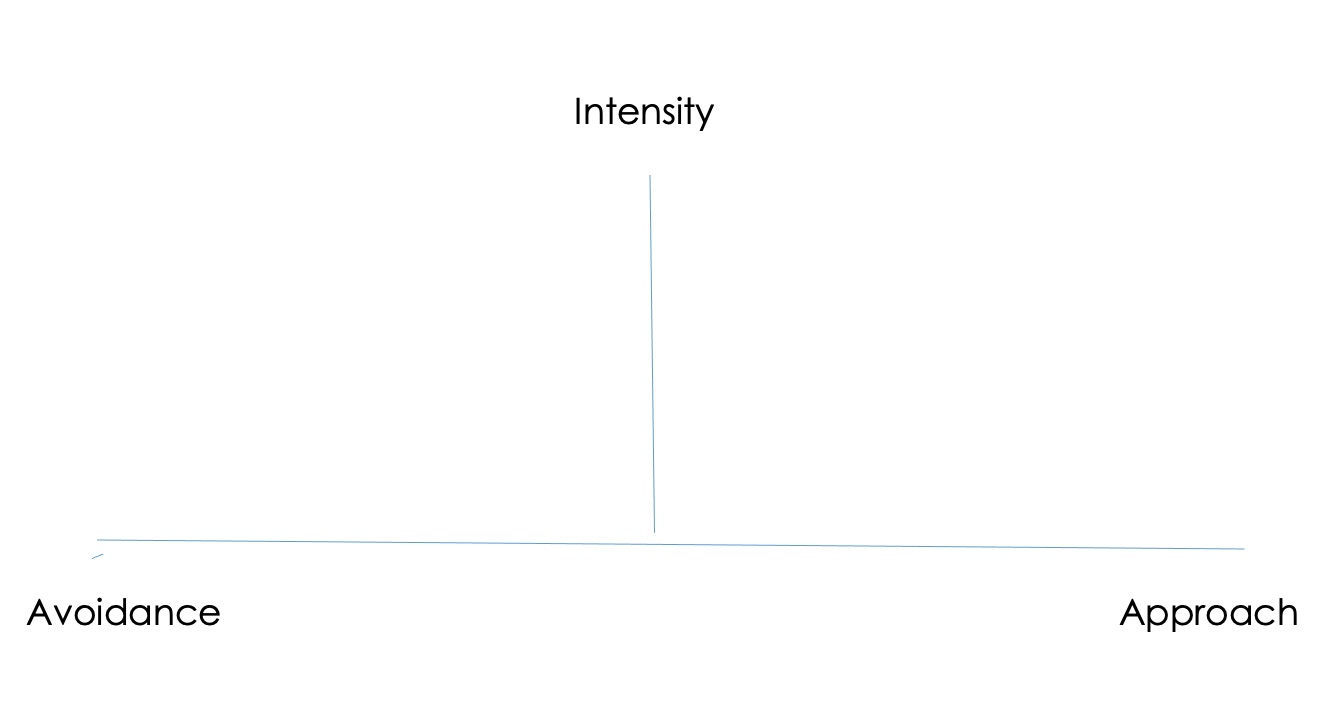A Simple Look at Human Behavior

By John Goetz
Edmond Family Counseling
At first glance, most would agree that people are complicated and that there are always exceptions when talking about individuals. This has not stopped theorists in psychology from trying to simplify human behavior into models and theories which predict or explain human behavior. This is to a large degree modeled after other sciences like physics, looking for a universal theory to unite the incredibly small with the incomprehensibly vast; a unified theory that explains the entire universe. Even though there is no unified theory of human behavior, there are basic facts or observable data that can help you understand others or yourself in a meaningful way. One example of this I have mentioned in a previous article is, “humans are rational beings, when a person’s behavior appears irrational it indicates that you are missing information” or as Paul Harvey would say, “The rest of the story”. When the rest of the story is provided, the previous irrational behavior appears rational and even reasonable. A second example is expressed in the serenity prayer. You only have control over your thoughts and actions, you may have influence over others' thoughts and actions but not control. Point of note, a healthy individual does not want control over others.
So how can I use this information? The following is a simple graph plotting approach, avoidance, and intensity. It is a data-driven method of looking at yourself and your behavior:

To use this graph a person identifies their behavior as an approach towards something or someone or an avoidance of something or someone. The graph also indicates the intensity of the behavior. An example would be, I am invited to a party where I only know the host. I decide to attend and I decide that I will start a conversation with one person I do not know. This is an example of approach with moderate intensity. I not only decide to go to the party, but I decide to engage by starting a conversation with one new person, both actions are in the approach category with moderate intensity. I could also come up with an excuse not to attend the party, thus avoiding the situation using a moderate amount of intensity, in this case lying. Or perhaps, I decide to go to the party, but expect not to enjoy myself. I say hello to the host and then look for an opportunity to leave. This approach hides my avoidance.
It all begins with my thinking, setting an expectation and a course of action. The course of action results in movement in life. With a little clarity provided by perspective, one may use this diagram to evaluate his/her current direction in life. Am I moving towards or away from people, places, and things? Is the amount of energy I am putting into my approach or avoidance appropriate? For example, I want a summer job. I might simply start by waking up during business hours and dressing for the part. This would be a minimal approach in terms of actions, but more moderate in terms of expectations. Another example would be, I want to be debt-free. I might use Dave Ramsey’s method of living on rice and beans, beans and rice, and working side hustles to reach my goal. This is a high-intensity approach to a goal. At first glance, I might say this approach is generally the direction we want to be moving in life, but avoidance can be a useful tool. As the saying discretion is the better part of valor points out. I might also venture to say that a moderate intensity also works well in most cases as opposed to high intensity. I do catch more flies with honey than vinegar. As I pointed out earlier, I can only control myself so I must determine for myself what is the best course of action and what is the proper level of intensity. Take a look at your own behavior and or ask for feedback from others to see where you fall on this graph.
(John Goetz M. Ed LPC-S, is the Clinical Director of Edmond Family Counseling and Staff Therapist).


